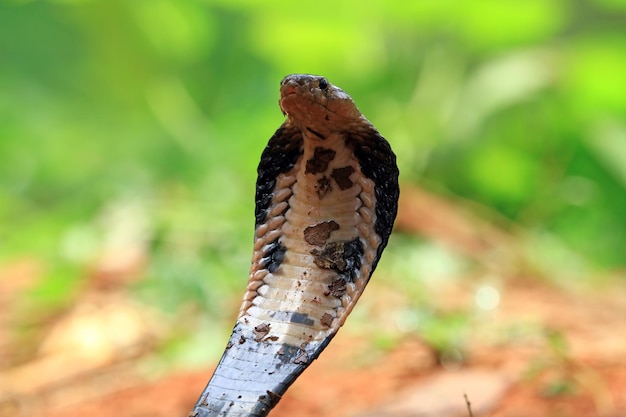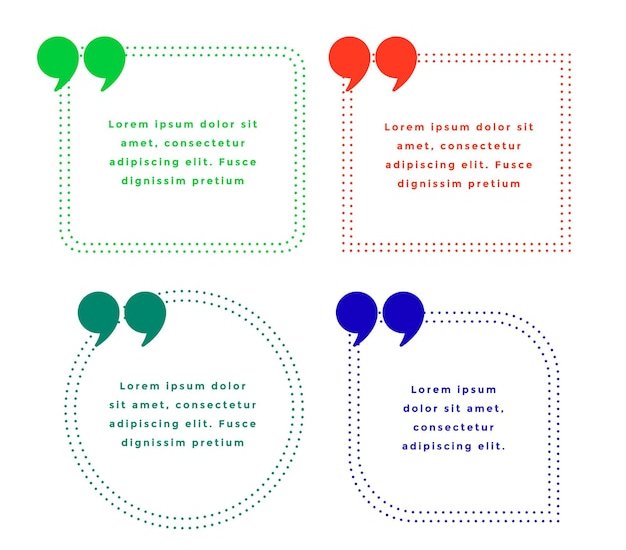Cobra Facts – Everything You Need to Know about These Fascinating Snakes

Cobras are venomous snakes, known for their distinctive hood.
The King Cobra is the largest venomous snake in the world, growing up to 18 feet in length.
Cobras possess highly developed vision, allowing them to detect prey from a distance.
The venom of a Cobra is extremely potent, capable of killing an adult human within hours.
Despite their feared reputation, Cobras are generally non-aggressive and will avoid confrontation if possible.
Cobras are excellent swimmers and are often found near bodies of water.
The Indian Cobra is the most common species found in India, responsible for the most snakebite incidents in the country.
Cobras are known for their ability to rear up and dance when threatened, displaying their hood as a warning.
Cobras are found in various colors, including shades of brown, black, and even white.
The venom of a Cobra is neurotoxic, affecting the nervous system of its prey or attacker.
Some Cobras, like the Spitting Cobra, can accurately aim and spit their venom at their target’s eyes.
Cobras are capable of lifting the front third of their body off the ground, giving them a striking advantage.
The Egyptian Cobra was worshipped as a deity in ancient Egypt and played a significant role in their mythology.
Cobras have a lifespan of about 20 years in the wild, though they can live longer in captivity.
Cobras are ambush predators, preferring to wait for their prey to come within striking distance.
Cobra Facts – Everything You Need to Know about These Fascinating Snakes part 2
Cobras have excellent hearing, capable of sensing vibrations in the ground.
There are approximately 28 different species of Cobras, each with its unique characteristics.
The venom of the Black-Banded Sea Krait Cobra is 10 times more lethal than that of a King Cobra.
Cobras are adept climbers, often found in trees and shrubs.
Some species of Cobras, like the Gayal Cobra, are known for their ability to play dead when threatened.
Cobras are oviparous, meaning they lay eggs, and the female guards the nest until they hatch.
The venom of a Cobra contains enzymes that begin digesting its prey before it is consumed.
Cobras have a distinctive hissing sound that they produce by expelling air from their lungs.
The monocled Cobra gets its name from the circular pattern on the back of its hood, resembling a monocle.
Cobras have heat-sensing pits on either side of their head, allowing them to detect warm-blooded prey.
Cobras are often depicted in various cultures as symbols of power, wisdom, or protection.
The Chinese Cobra is an endangered species, primarily due to habitat loss and illegal poaching.
Cobras are solitary snakes, usually avoiding interactions with other individuals.
Cobras have a lifespan of about 10 years in captivity when properly cared for.
The venom of Cobras affects the nervous system, leading to paralysis and eventual death.
Cobras are susceptible to predation by larger animals, such as mongooses and birds of prey.
Some Cobras, like the Forest Cobra, prefer to live in dense vegetation and are excellent tree climbers.
The King Cobra is immune to its venom and often cannibalizes other species of snakes.
Cobras have been used in traditional medicine for their believed healing properties, although this practice is discouraged due to their conservation status.
Cobras are highly adaptable and can be found in a variety of habitats, from forests to deserts.
The venom of a Cobra can cause severe tissue damage at the site of the bite.
Cobras shed their skin regularly, allowing for growth and removal of parasites.
Cobras have excellent camouflage abilities, blending in with their surroundings to hide from predators.
The Green Tree Cobra is named for its bright green coloration, allowing it to blend into foliage.
Cobras are known for their iconic hood, a display of expanded ribs and muscles when threatened.
Cobras have a powerful bite, injecting venom through their hollow fangs.
Some species of Cobras, like the Cape Cobra, are known for their speed and agility.
Cobras are found in various regions around the world, including Africa, Asia, and parts of the Middle East.
The venom of a Cobra affects the blood, leading to disruption of clotting and internal bleeding.
Cobras play a crucial role in the ecosystem by controlling populations of rodents and other small animals.

